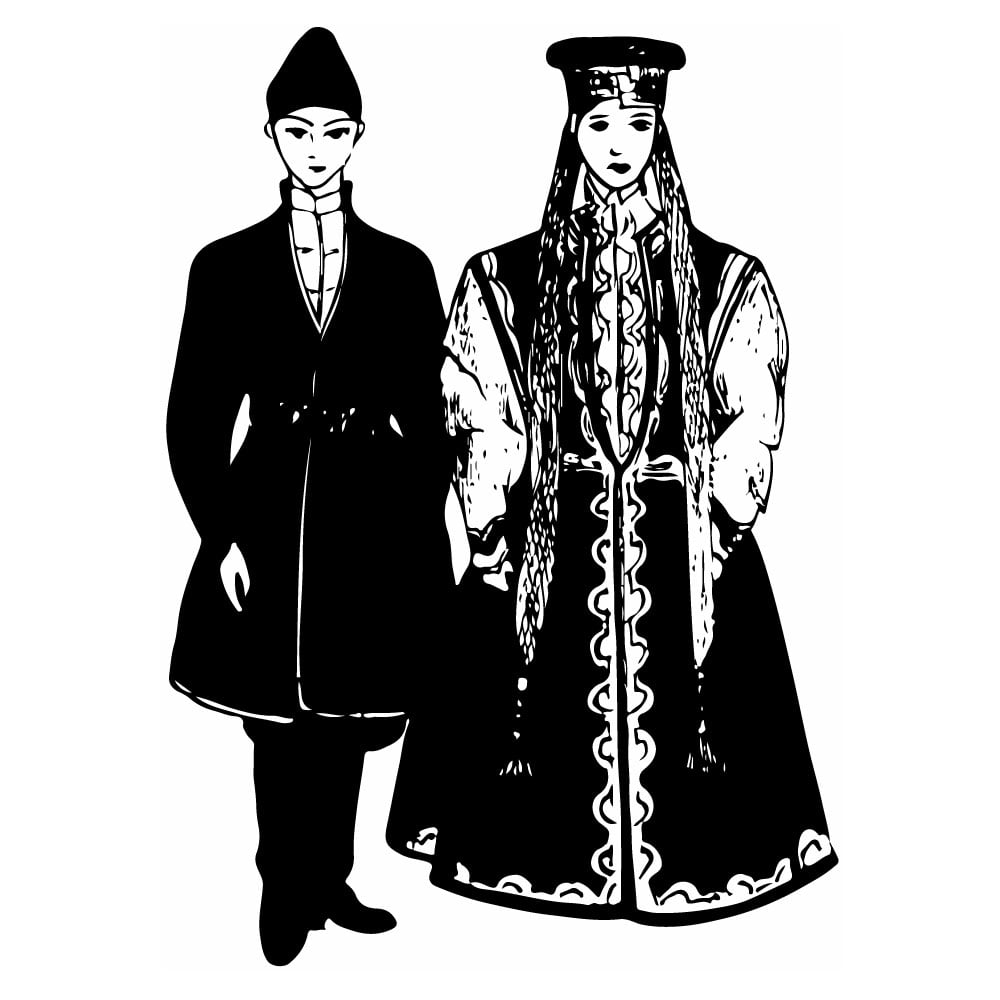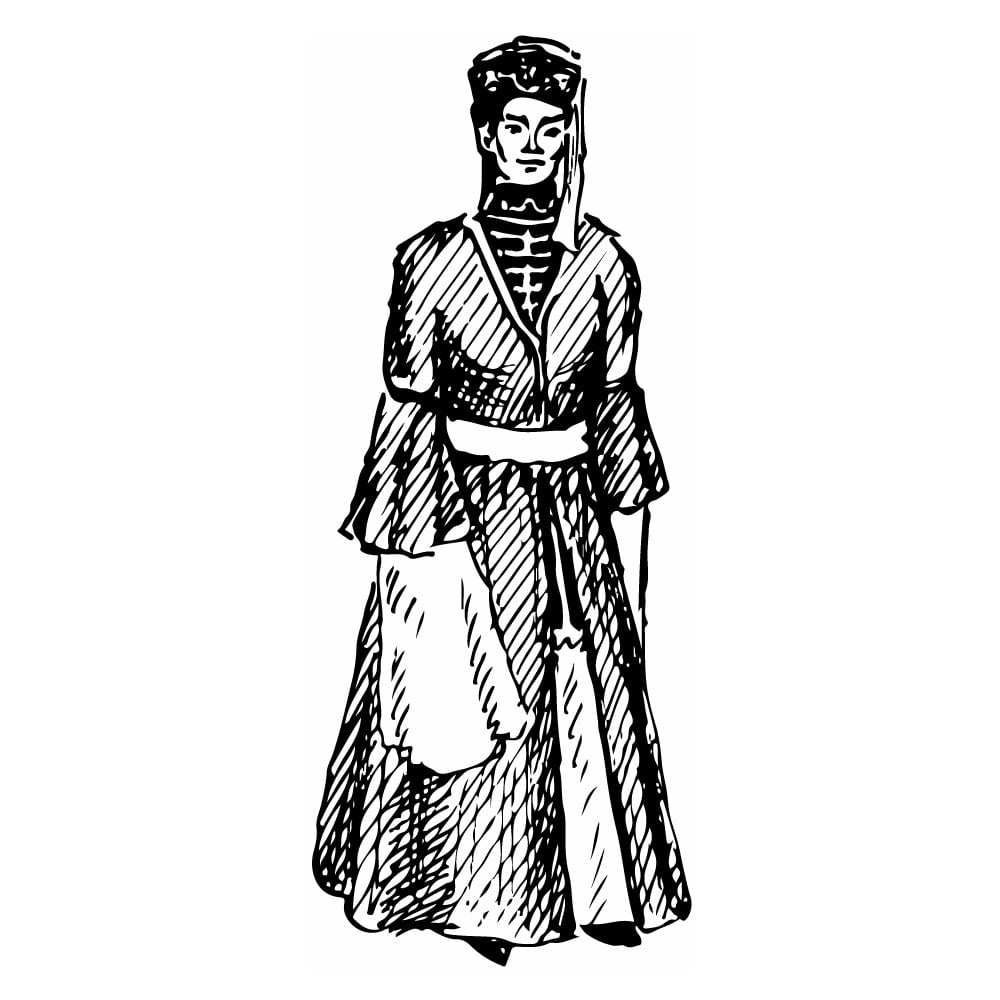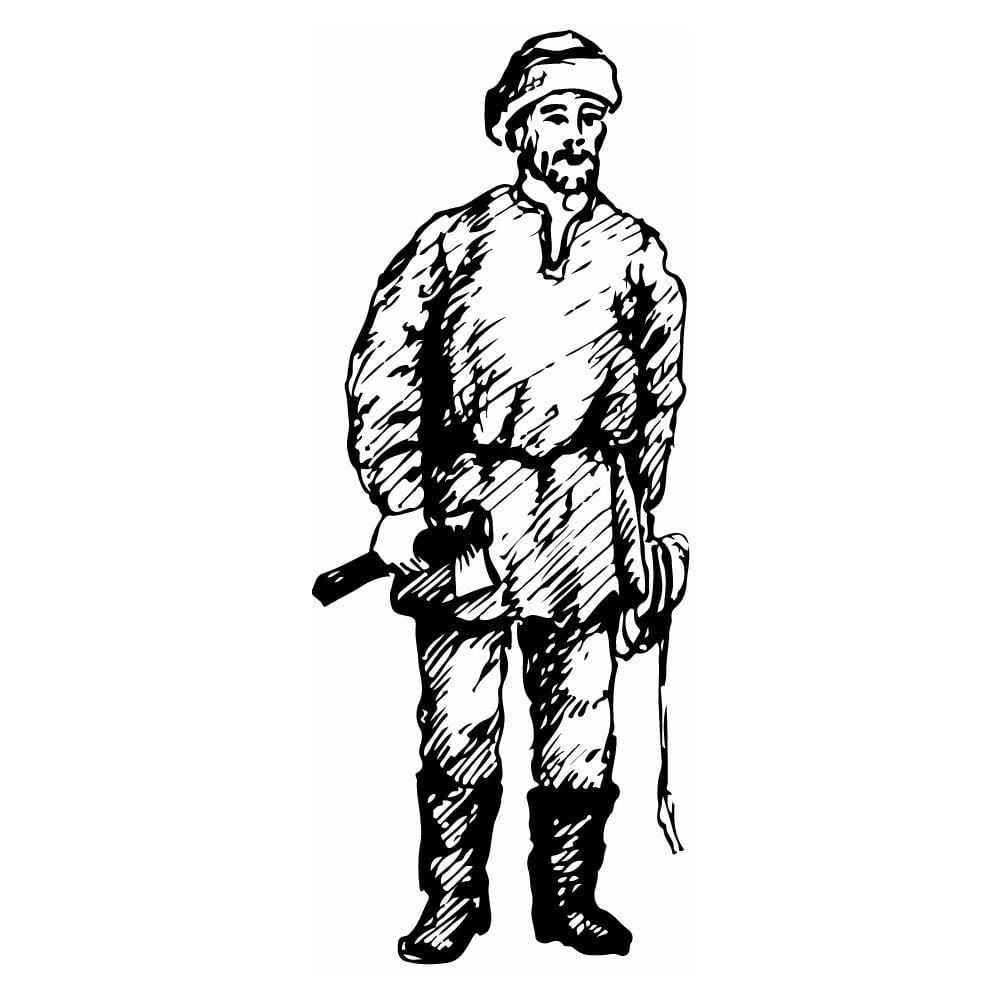Tatars
| Population | 6,649,000 |
| Language group | Kypchak Turkic |
| Language | Tatar |
| Region | The Republic of Tatarstan, the Middle Volga area, the Amur area, also other regions of Russia and CIS Republics |
| Capital | Kazan |
| Religion | Islam/Sunnite, Christianity |
*Population estimates for 1994
The Tatars first appeared in the sixth to ninth centuries among the Mongolian tribes who roamed southeast of Baikal Lake. The Tatars’ name became well known in Europe in the thirteenth century as a result of the Mongol-Tatar invasion. During the thirteenth to fourteenth centuries, the Tatars’ name was spread to the Eurasian peoples who were included in the structure of the Golden Horde. In the sixteenth to nineteenth centuries, many of the Turkic peoples, as well as others, were referred to as Tatars in Russian sources.
The Turkic speaking tribes’ penetration into the Amur and the Volga areas began with the Hun and other nomadic tribes’ invasion into East Europe. They grasped the local peoples’ cultural elements through the settlement of these areas by partially integrating with them.
In the fifteenth and sixteenth centuries, during the period of the existence of individual feudal states, the formation of the separate Tatar groups took place in the Middle reach of the Volga and the Amur area (the Kazan Tatars), the Astrakhan, the Siberian, and the Crimean Tatars. The Tatars of the middle region of the Volga and Amur areas were the largest in number. Because of their more developed economy and culture, they formed the Tatar nation by the end of the nineteenth century. In 1920, the Tatars, as a whole, obtained their autonomy and became the Tatarstan Republic.
The Tatars’ economic culture was being formed during the prolonged period of time out of the cultural elements of a number of Turkic and local tribes. It was also influenced by the cultures of the Middle Asian people along with other regions. The traditional Tatar trades were the manufacturing of figured shoes and other leather goods, embroidering, making decorations, and stone and wood carvings. The national motives of the Tatar people are present in their traditional clothing for men and women. However, this national dress is only worn by the members of the amateur performance groups.
Except for a small group of Kryasheny who stick to the Orthodoxy belief, the Tatar people are of the Muslim-Sunnite faith.
This is Ad 1





























